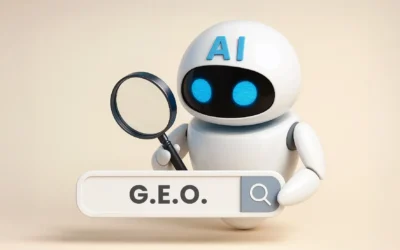March places female gender in the spotlight with International Women’s Day and National Women’s History month. It is a prime opportunity for brands to showcase their support for gender equality, celebrating their team members, accolades and powerful stories. The question is, has it, in itself, become gender stereotyping and can we do better?
Promoting female empowerment during these key calendar dates is great, however we’re asking brands to continue this support and build on it throughout the year – and not to just confine it to a day or 31 days. This applies to Pride Month too, and the importance of extending brand messaging on an ongoing basis to advance DEI.
Relevant Insights
While gender equality is advancing, there is still a way to go, and communications agencies have a very important role to play in driving conversations and advocating for better and more representation.
In particular, our female PR and marketing peers have a distinct advantage as women, in telling women’s stories that are more relevant, empowering brands to use inclusive language, and at the same time being supportive of our non-binary people in conversations.
Why is gender representation important?
Recognising and celebrating the diverse spectrum of identities and roles that women have in society advances gender equality, and diversity as a whole and ultimately a customer’s brand perception. It benefits society, communities, families and businesses for the better, shifting attitudes and perceptions.
For brands this means profiling who their target audiences are today and not going with existing or perceived stereotypes. That means moving away from gender power dynamics for example that demonstrate women having less autonomy than men, a less important role in society or a role that is not taken seriously.
For example – at a recent IAPI event they highlighted very insightful Ipsos Gender in Advertising statistics and how domestic chores continue to feature women in these roles. In America the GEM® database showed that women in ads mostly feature in family roles and in the home.

Closer to home, in Europe, the research highlighted that just 34% of ads scored highly on the Gender Equality Measure®. We can do better right? Plus ads that achieved a higher score are more likely to secure a sales uplift and gain brand equity share increase – a win-win. This can apply to the written work also when it comes to earned media and the impact of copywriting and tone of voice and it’s relatability.
Progressive female representation, storytelling that empowers women gets a brand noticed and many brands stand out in this. Examples like Dove’s Self Esteem Programme Cost of beauty; the Like a Girl campaign by Always; Dream Crazier by Nike; Get Behind the Fight for Ladies Gaelic Football by Lidl Ireland; Ariel when we ‘See Equal, We #ShareTheLoad‘; and the recent Allianz #StopTheDrop campaign.
How can change happen?
There are a few tactics that PR & Marketing professionals can take straight away and continue to reflect and action:
- Review your brands tone of voice: carry out an audit of messaging, collateral, imagery, asking: are we stereotyping here? Is it time to challenge conventions and speak differently? Breaking conventions makes you 20% more likely to Be Unmissable. Source: Ipsos ad testing Meta Analysis
- Think outside of the stereotypical box: go against conforming to existing standards, be clever, be authentic, be quirky when it comes to brand campaigns. Ipsos highlighted – being true and fun is a simple strategy to adopt for most, and we’d agree.
- Show remarkable women: put the spotlight on inspiring women and tell their stories. This can include media relations in profiling clients who are breaking down barriers, winning awards, showcasing activists. Content creation that celebrates the day-to-day wins, completing a 5km run, dressing your way, challenging beauty and body standards, sharing women’s experiences – the good, bad and ugly – relates to people. What are your brand industry sector clichés and can you challenge them?
- Compelling storytelling: create a sense of community around gender equality through the creation of compelling storytelling, social media content, clever brand activations, and partnerships to inspire conversations.
- Representation is so so important: if we can’t see it, we can’t be it. And if we are it and can’t see it there’s little shift in feeling heard/seen and included. PR agencies have the opportunity to work with brands to ensure authenticity in storytelling and content development – to be that external voice for a brand and support them to make positive change.
These tips can help brands who are willing to do better when it comes to female representation across all media platforms and content styles.
Beyond gender diversity
While attitudes toward equality are mixed and discussions around the impact it has evolves, we need to continue even further in recognising and celebrating individualism, neurodiversity, non-binary and hearing these voices more across brand communications.
Seeing the world differently is a responsibility brands can lead on, and I’ll leave you with one brand who is taking on that challenge – Virgin Atlantic. Being true and fun!
Thanks to IAPA and Ipsos B&A for inspiring this piece and providing insights.
As a B Corp certified agency, we are part of a global movement of businesses that are committed to the highest standards of social and environmental impact, that includes diversity, equality, and inclusion.

About the author
Dawn Burke is an Associate Director with Cullen Communications, specialising in B2B, consumer, mobility, technology, travel, environment, and helping SMEs to grow their brand.





